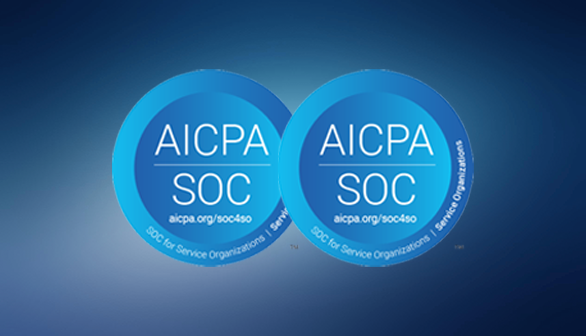SOC 2 Type 2 Compliance Checklist
1. General Readiness & Scoping
✅ Define Scope
- Have you identified which Trust Service Criteria (TSC) apply? (Security is mandatory; others depend on business needs.)
- Have you defined the systems, people, and processes in scope for SOC 2?
✅ Engage an Auditor
- Have you selected a SOC 2 auditor (CPA firm) for the assessment?
- Have you defined the audit period (3–12 months)?
✅ Perform a Readiness Assessment
- Have you conducted a gap analysis to identify missing controls?
- Have you implemented corrective actions for any gaps?
✅ Documentation & Policies
- Have you created a SOC 2 Security Policy?
- Do you have a Risk Management Framework in place?
- Do you maintain an Incident Response Plan?
2. Security (Required for All SOC 2 Reports)
✅ Access Control
- Do you enforce Multi-Factor Authentication (MFA) for all critical systems?
- Do you implement role-based access control (RBAC) for user permissions?
- Are terminated employees’ access revoked immediately?
✅ Network & Infrastructure Security
- Do you monitor and log all system access and changes?
- Are firewalls and intrusion detection systems (IDS/IPS) in place?
- Is data encrypted at rest and in transit?
✅ Security Awareness Training
- Do employees receive regular cybersecurity training?
- Are phishing simulations conducted to test employee awareness?
✅ Vulnerability & Incident Management
- Do you perform regular vulnerability scans and penetration tests?
- Is there an Incident Response Plan with defined response steps?
3. Availability (Optional)
✅ System Monitoring & Uptime
- Do you have system uptime monitoring and alerts?
- Are there disaster recovery (DR) and business continuity plans (BCP)?
- Do you conduct periodic disaster recovery drills?
✅ Capacity Planning
- Do you have scalability planning to handle increased load?
- Do you track system performance to ensure availability?
4. Processing Integrity (Optional)
✅ Data Accuracy & Processing Controls
- Do you have automated error-checking mechanisms in place?
- Are there audit trails to track data modifications?
- Do you have a change management process for system updates?
✅ Timely Processing of Transactions
- Do you have SLAs defining processing time requirements?
- Is system performance tested against expected benchmarks?
5. Confidentiality (Optional)
✅ Data Protection & Encryption
- Is sensitive data encrypted in transit and at rest?
- Do you have DLP (Data Loss Prevention) solutions implemented?
- Are access controls in place for restricted data?
✅ Third-Party Vendor Management
- Do you perform security assessments on third-party vendors?
- Are confidentiality agreements (NDAs) signed with vendors?
6. Privacy (Optional)
✅ Personal Data Protection
- Do you comply with GDPR, CCPA, or other privacy regulations?
- Is user consent obtained before collecting personal data?
- Can users request data deletion or modification?
✅ Privacy Policy & Transparency
- Is there a clear privacy policy publicly available?
- Do you conduct regular privacy impact assessments (PIAs)?
Next Steps:
- Review your checklist and mark areas needing improvement.
- Address gaps through policy updates, security controls, and system enhancements.
- Schedule a pre-audit assessment with a SOC 2 consultant.
- Undergo the formal SOC 2 audit to receive your report.
